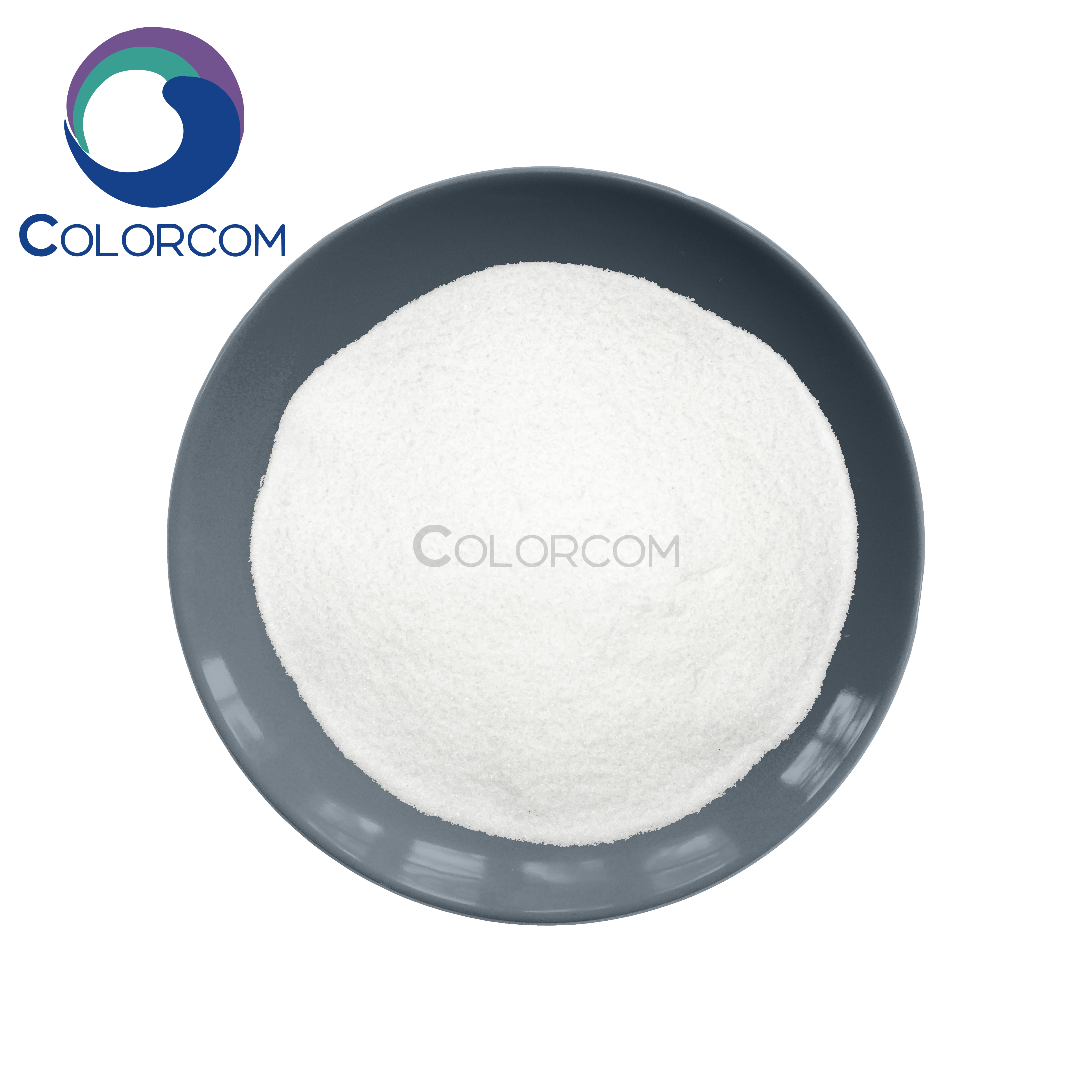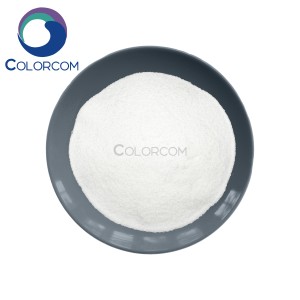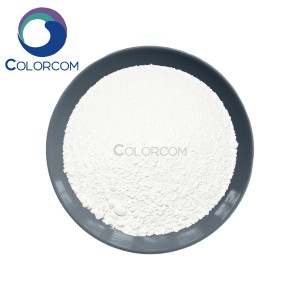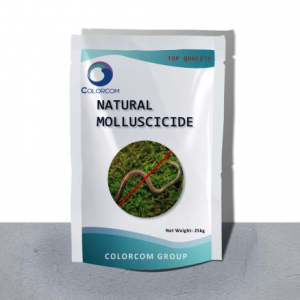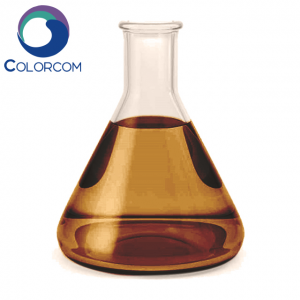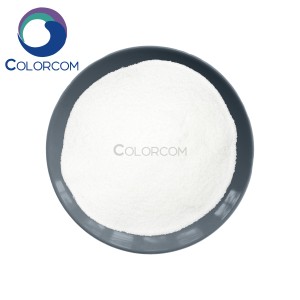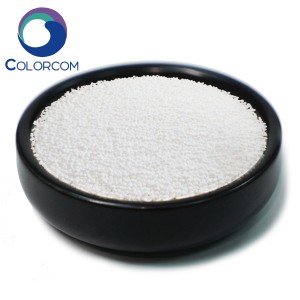Sorbic Acid|110-44-1
Products Description
Sorbic Acid, or 2,4-hexadecenoic acid, is a natural organic compound used as a food preservative. The chemical formula is C6H8O2. It is a colorless solid that is slightly soluble in water and sublimes readily. It was first isolated from the unripe berries of the rowan tree (Sorbus aucuparia), hence its name.
As colorless acicular crystal or white crystalline powder, Sorbic Acid is soluble in water and can be used as preservatives. Sorbic Acid can be widely used as a food ingredient or food additive in our daily life. Sorbic Acid is mainly used in food, beverages, tobacco, pesticides, cosmetics, and other industries. As an unsaturated acid, it also can be used in resins, spices and rubber industry.
Widely used in food, beverage, pickles, tobacco, medicine, cosmetics, agricultural products, and other industries. Also used in preservatives, fungicides, insecticide preparation and synthetic rubber industry. Inhibitors of mold and yeast. Food antifungal agent. Dry oil denaturant. Fungicide.
Sorbic acid and potassium sorbate are the most widely used preservatives in the world. They have high antibacterial properties, inhibit the growth and reproduction of molds, inhibit the growth of microorganisms and prevent corrosion by inhibiting the dehydrogenase system in microorganisms. It has an inhibitory effect on mold, yeast and many good bacteria, but it is almost ineffective against anaerobic spore-forming bacteria and Lactobacillus acidophilus. It is widely used in the preservation of foods such as cheese, yogurt and other cheese products, bread snack products, beverages, juices, jams, pickles, and fish products.
① The amount of plastic bottled concentrated fruit and vegetable juice should not exceed 2g/kg;
② in soy sauce, vinegar, jam, hydrogenated vegetable oil, soft candy, dried fish products, ready-to-eat soy products, pastry filling, bread, cake, moon cake, the maximum use amount of 1.0g / kg;
③ The maximum use amount of wine and fruit wine is 0.8g/kg;
④ The maximum use amount of collagen gavage, low-salt pickles, sauces, candied fruit, juice (flavor) type drinks, and jelly is 0.5g/kg;
⑤ The maximum use amount of fruit and vegetable fresh-keeping and carbonated beverages is 0.2g/kg;
⑥ In the food industry can be used in meat, fish, eggs, poultry products, the maximum use of 0.075g / kg.Used in detergents, cosmetics, feed, medicine, etc.
3.Used in detergents, cosmetics, feed, medicine, etc.
Specification
| ITEM | STANDARD |
| Appearance | White crystalline powder |
| Identification | Conforms |
| Heat Stability | Not change in color after heating for 90 minutes at 105℃ |
| Odor | Slight characteristic odor |
| Purity | 99.0-101.0% |
| Water | =<0.5% |
| Melting Range (℃) | 132-135 |
| Residue on Ignition | =<0.2% |
| Aldehydes (as Formaldehyde) | 0.1% Max |
| Lead (Pb) | =<5 mg/kg |
| Arsenic (As) | =<2 mg/kg |
| Mercury (Hg) | =<1 mg/kg |
| Heavy Metals (as Pb) | =<10 mg/kg |


